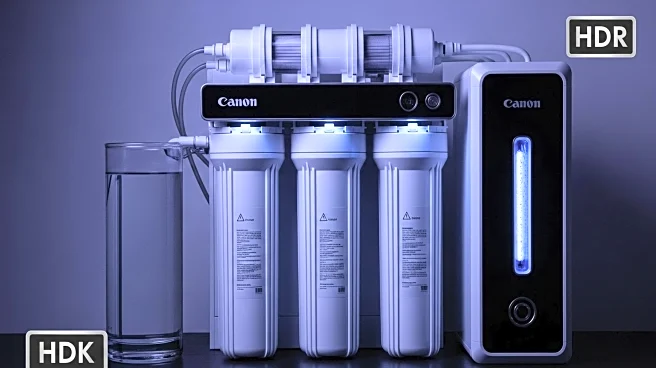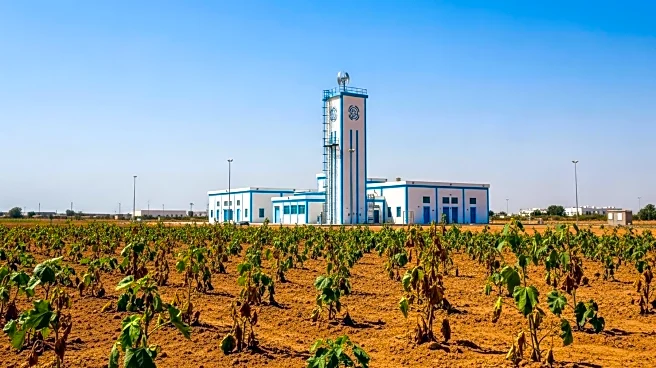What's Happening?
Europe's water law, particularly the monitoring of phytoplankton diversity, is facing challenges due to outdated methodologies. The Utermöhl settling protocol, a technique from 1958, remains the standard for assessing lake health but is faltering under modern pressures such as climate change and anthropogenic impacts. The variability in analyst assessments and the delay in sample processing are significant sources of error. The need for genomic resolution in monitoring is highlighted by the inability to distinguish between toxic and non-toxic phytoplankton strains, which can have severe ecological consequences.
Why It's Important?
The reliance on outdated methods for monitoring phytoplankton diversity poses risks to water quality and ecosystem health. Phytoplankton play a crucial role in maintaining clear and potable water, carbon sequestration, and preventing toxic blooms. The inability to accurately assess phytoplankton diversity can lead to inadequate responses to environmental changes, affecting over 180 million Europeans who rely on these water resources. Modernizing the monitoring techniques could improve the accuracy and timeliness of assessments, ensuring better protection of water quality and ecosystem stability.
Beyond the Headlines
The push for genomic resolution in water law monitoring reflects broader challenges in environmental regulation and the need for scientific advancements to keep pace with ecological changes. The integration of genomic techniques could revolutionize the way water quality is assessed, providing more precise and actionable data. This shift may also influence policy decisions and resource management strategies, emphasizing the importance of investing in scientific research and technology to address environmental challenges.












